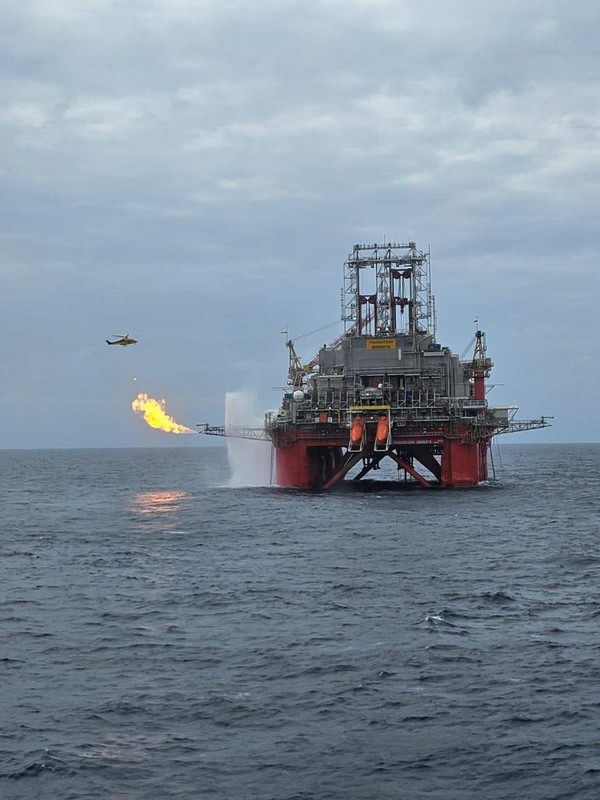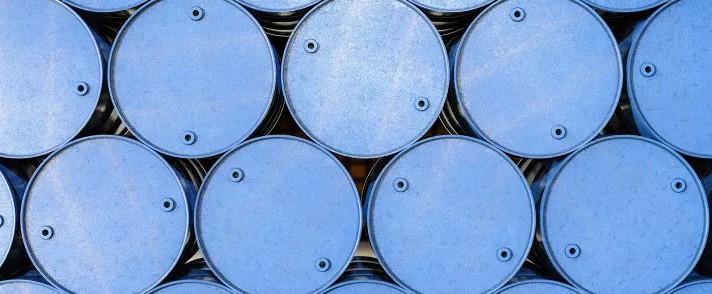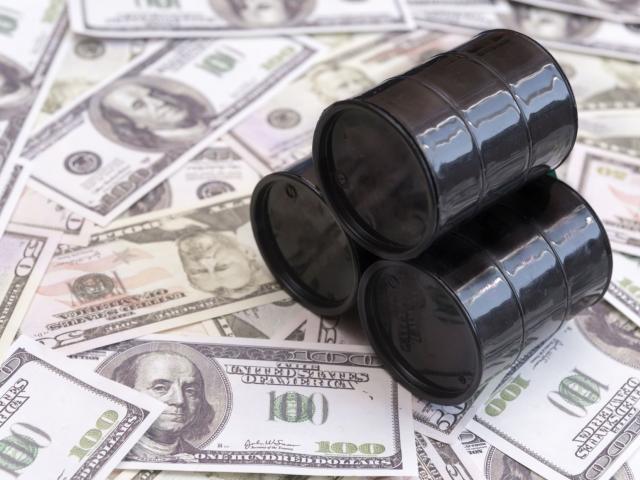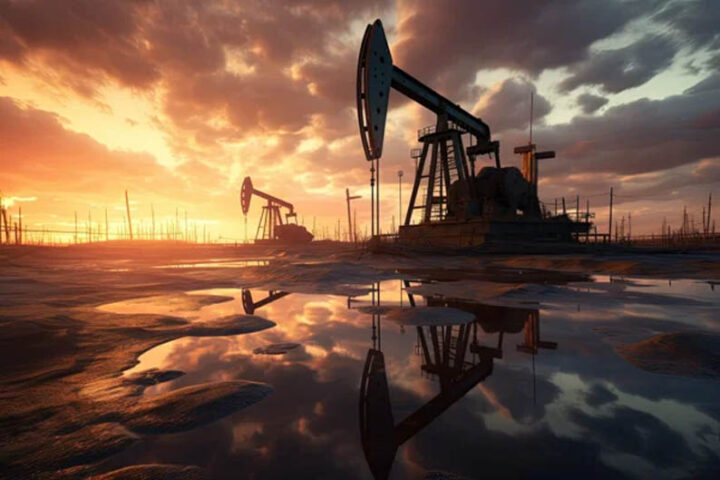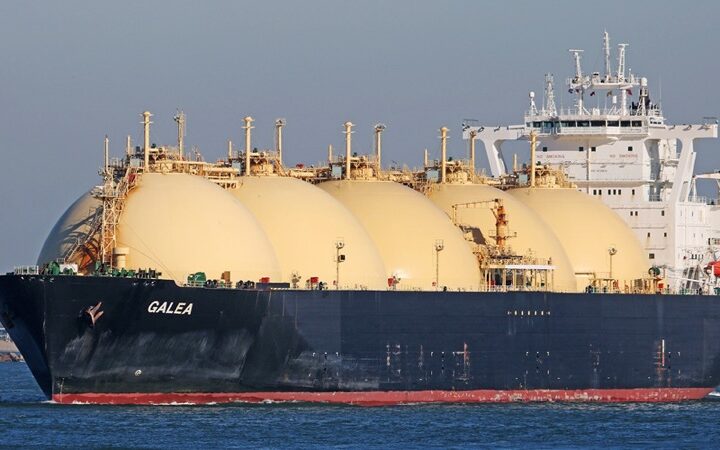The EU proposal to ban Russian gas is set for heated negotiations. Some EU member states are nervous it will boost energy prices and cost companies millions of euros in legal fees.
In response to Brussels’ proposal to completely ban gas imports from Russia by 2028, Austria said the EU should be open to resuming Russian gas imports. Europe “must maintain the option to reassess the situation once the war has ended.” A view shared by many other countries.
Greece is also taking a similar position, saying the transition from Russian gas should be done in a realistic way.
The vast majority of EU states agree to a need for transition, but to do it in a way that will not increase prices, is technically safe and legally feasible.
At the same time, the G7 embraced ‘realpolitik’ to work around a disruptive Donald Trump at their meeting in Canada. They could not get the US president on board with stronger measures against Russia, but at least they “live to fight another day”.
In a big shift, and in order to realise its core development goals, the World Bank is considering to lift a ban on funding gas production, ever since it stopped investing in upstream oil and gas in 2019.
The World Bank also lifted its ban on funding nuclear energy in a boost to industry. This policy shift is aimed at accelerating development of the low-emissions technology to meet surging electricity demand in the developing world.
We are entering a very dangerous scenario for energy security in the Middle East.
QatarEnergy is asking all its LNG carriers to wait outside the Strait of Hormuz before loading their cargoes due to the risks stemming from the military escalation between Iran and Israel. Tensions around the Strait have already led to disrupted LNG shipping patterns.
Asian LNG markets are assessing supply risks amid an escalating Israel-Iran conflict, that could erupt again.
Asia has the highest exposure to LNG exports from the Middle East, as it accounts for around 87-88% of LNG exports from the region.
If Iran’s oil is cut-off, China will pay the price. More than 90% of Iran’s oil exports now go to China. Chinese refineries are relying heavily on cheap imports of sanctioned Iranian crude.
Also, over 25% of China’s LNG imports in 2024 came from Qatar and the UAE.
China’s reliance
China’s reliance on Iranian oil and Middle East influence turns out to be risky. President Xi Jinping is likely to double down on an energy independence drive as Strait of Hormuz risks rise.
The Middle East conflict has sent Egypt scrambling to replace Israeli gas, after Israel’s Leviathan gasfield was shut down. Facing an energy crisis, Egypt has begun rolling out a full-scale emergency energy plan to avoid power blackouts.
Egypt is now turning heavily to more LNG and low-quality heavy fuels like mazut and diesel for power generation. But it has cut natural gas supplies to a significant portion of its fertilizer plants.
Israel has resumed limited gas exports to Jordan amid the conflict, but Egypt is still awaiting for its share of supply. Israel’s energy minister said it will resume normal natural gas exports when the military deems it’s safe.
In the meanwhile, Egypt will buy LNG from Aramco, Trafigura and Shell. The new deals could add as many as 290 cargoes over 2.5 years, adding to import accords earlier this year, with a huge impact to Egypt’s beleaguered economy.
In an attempt to ease tariffs negotiations, Japan’s JERA plans to triple US LNG imports, by signing up to 5.5 million tonnes/year of new long-term LNG supply over 20 years.
Dr Charles Ellinas, Councilor, Atlantic Council

